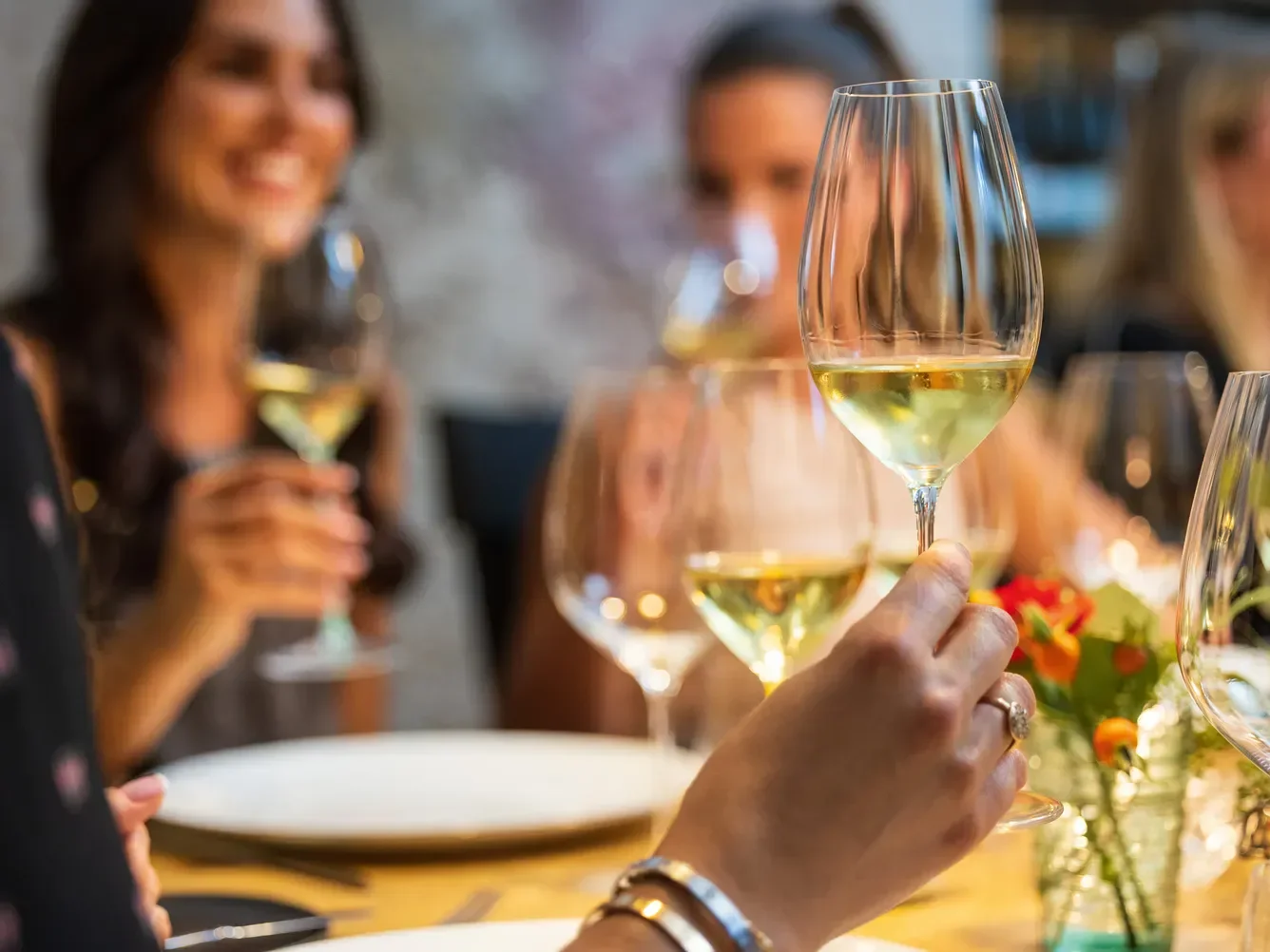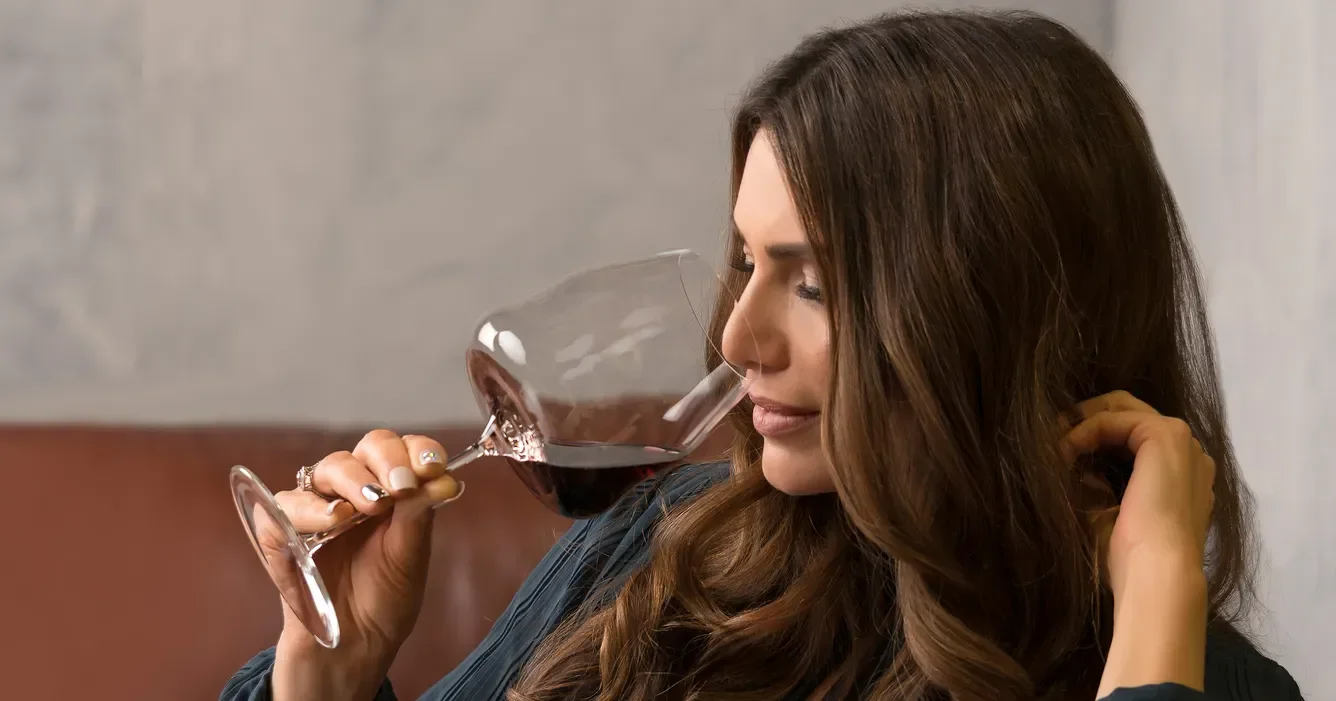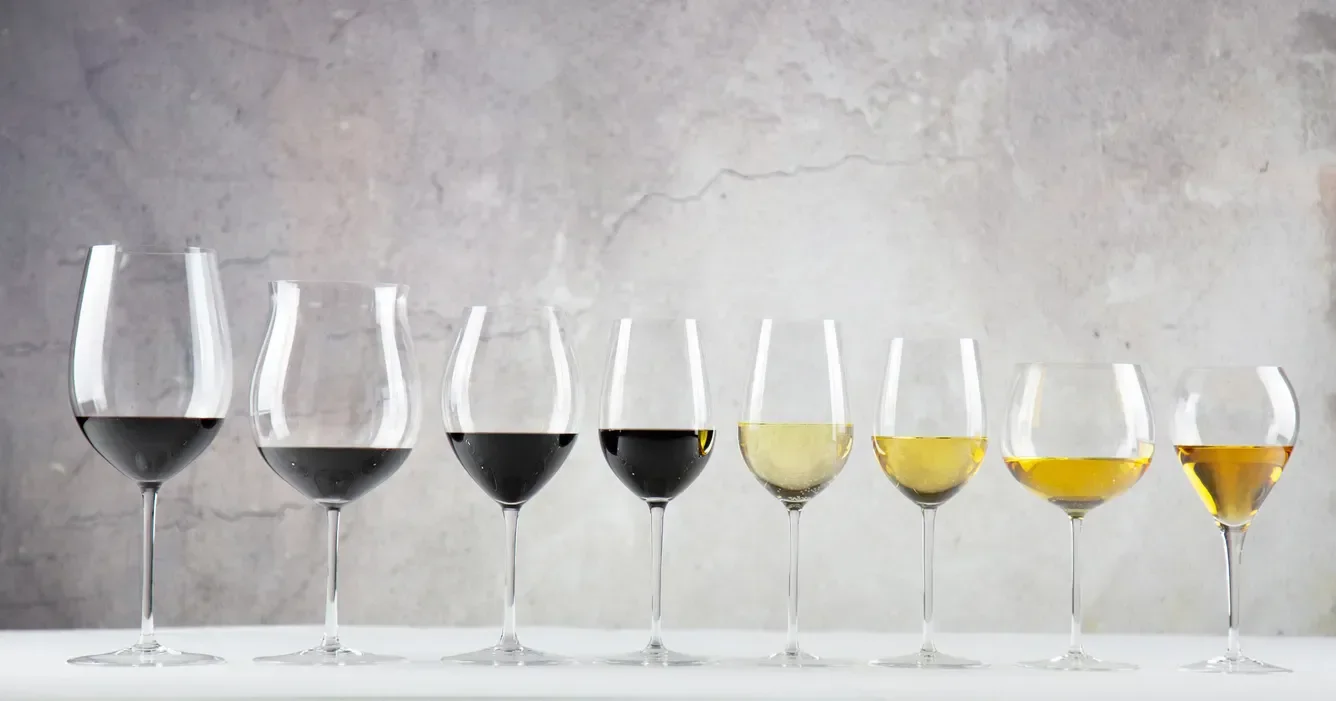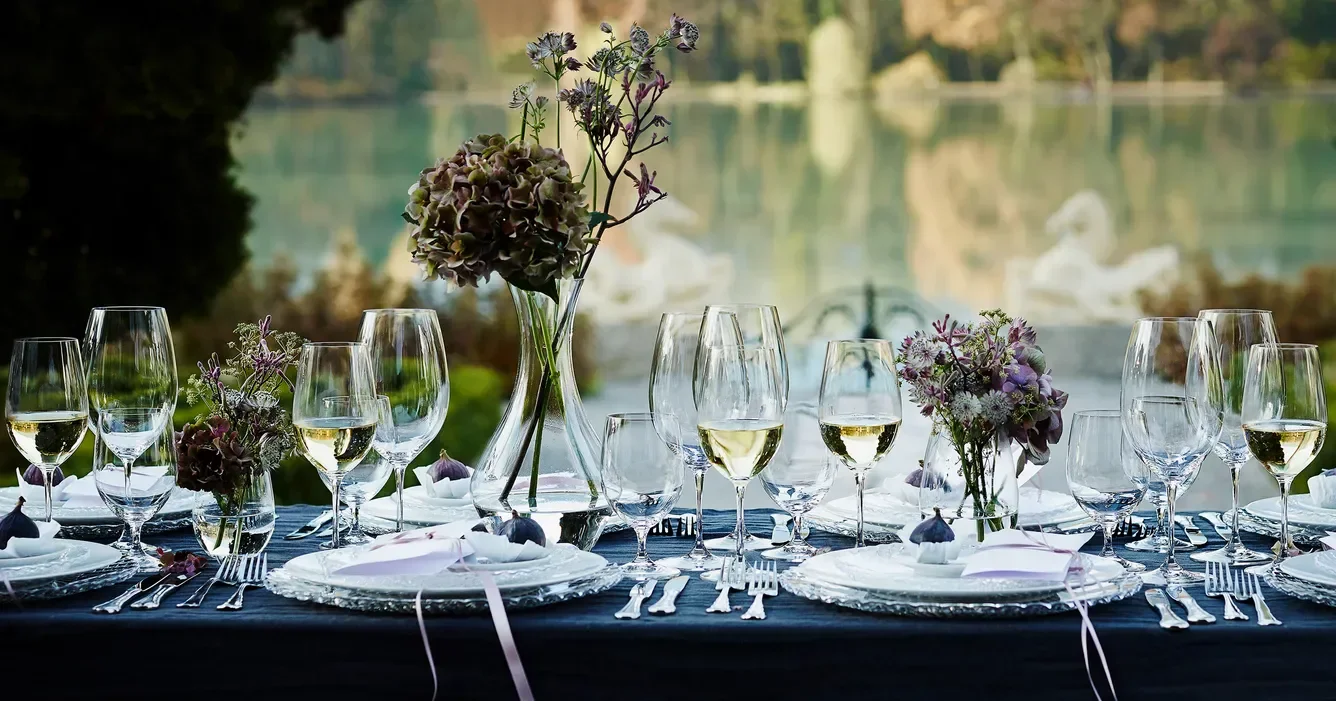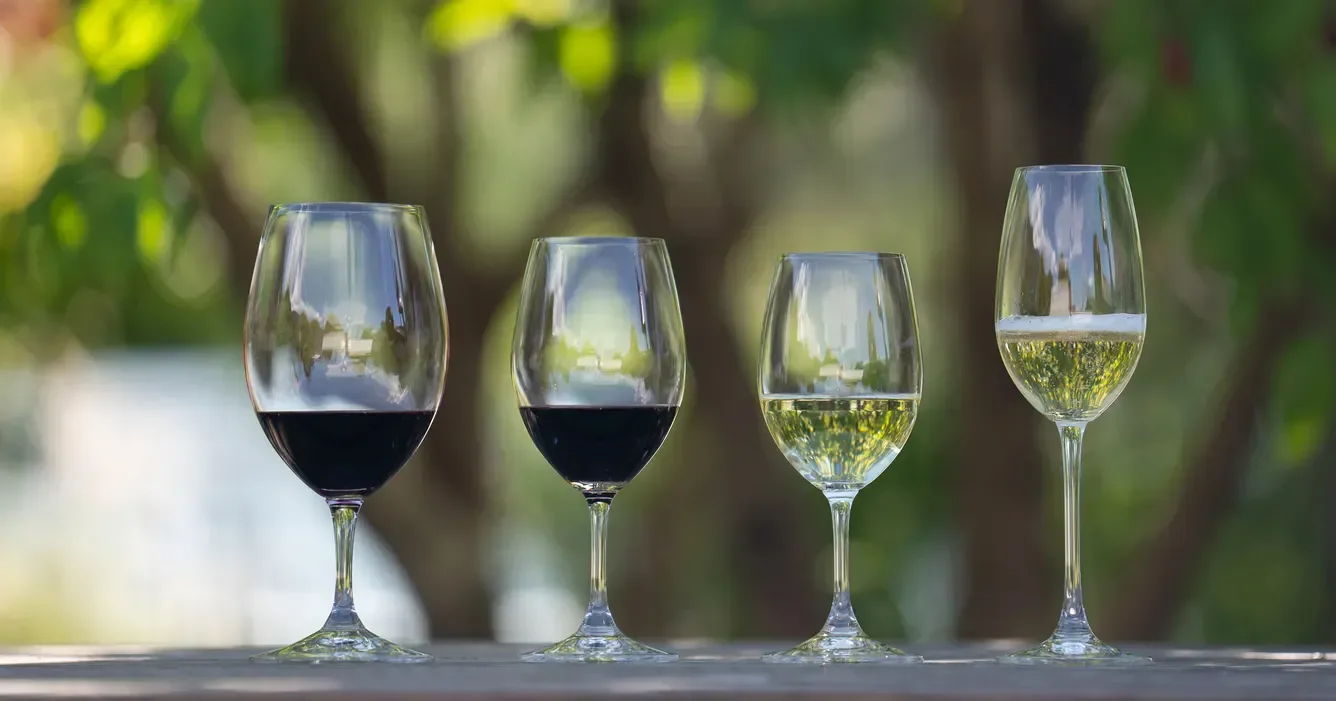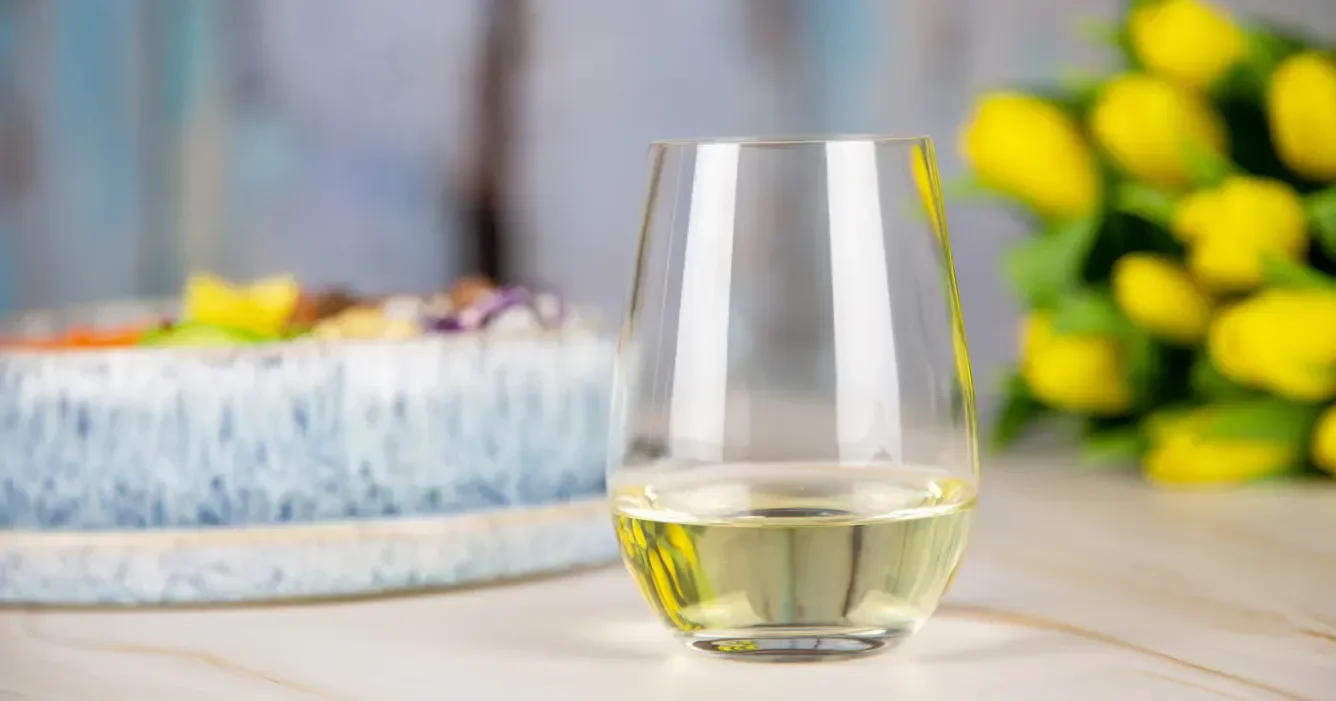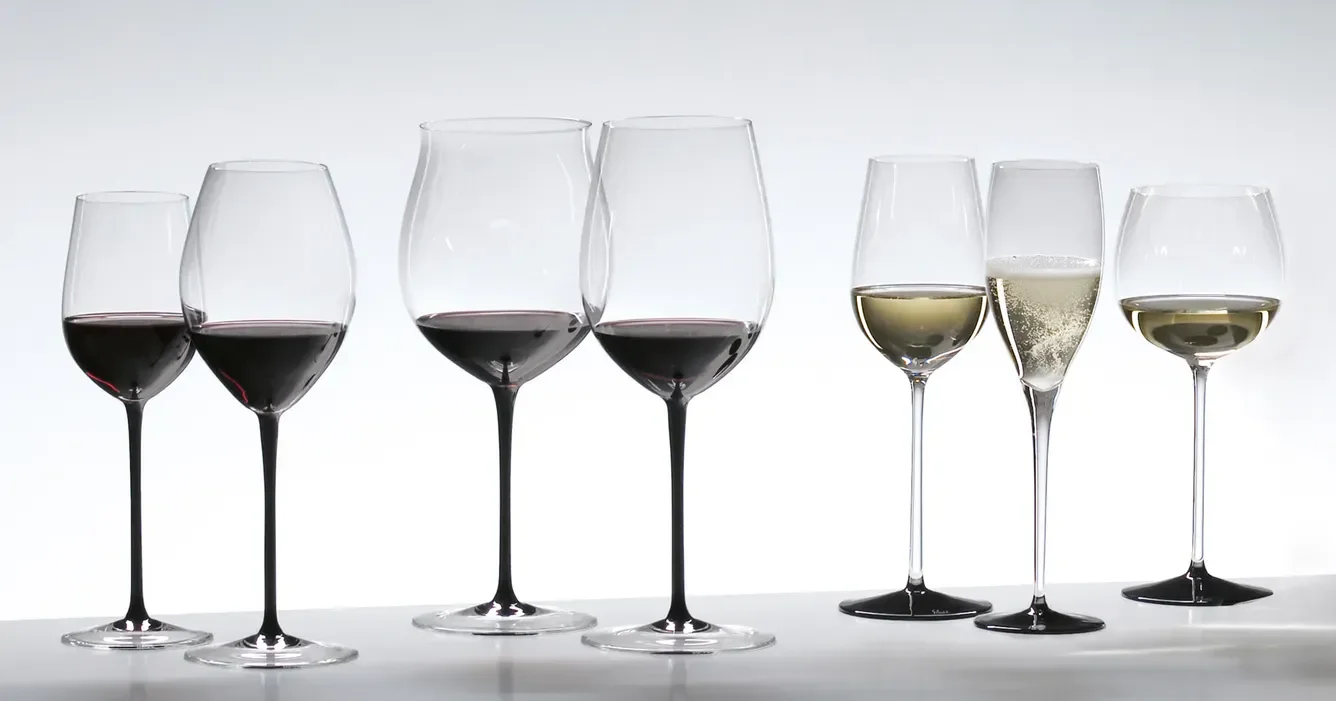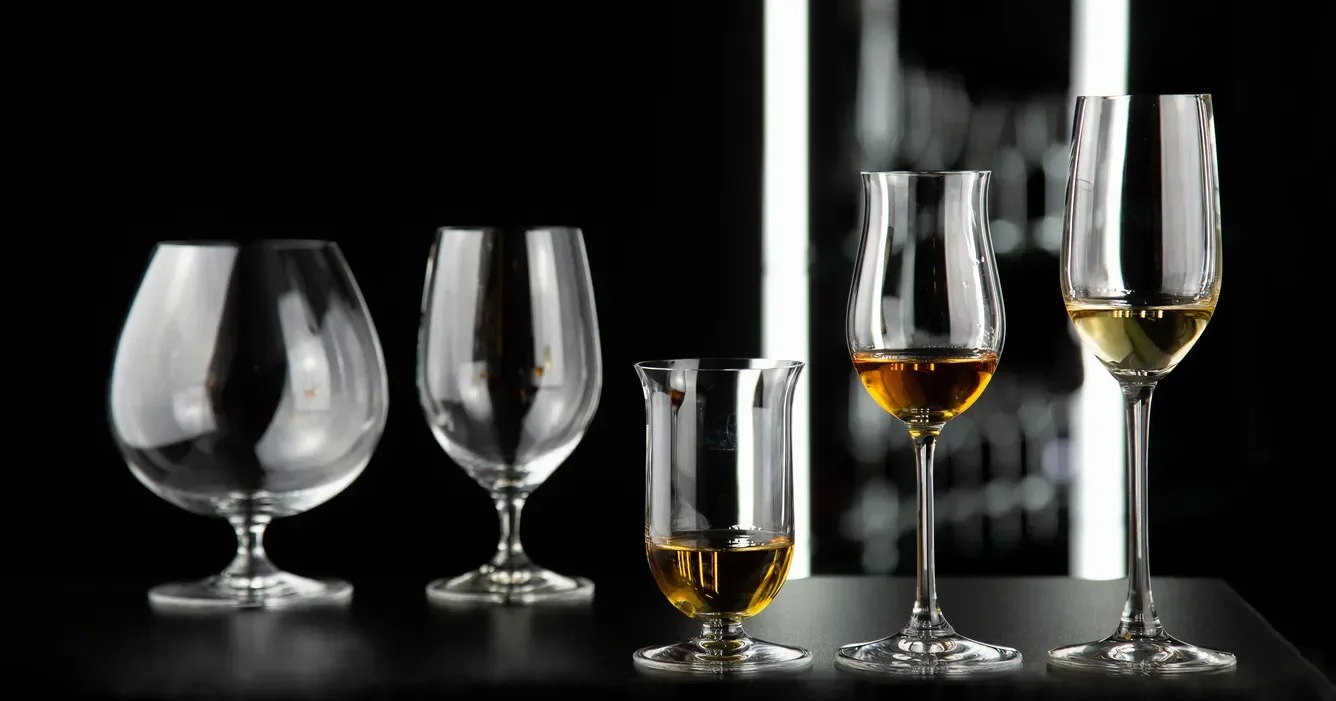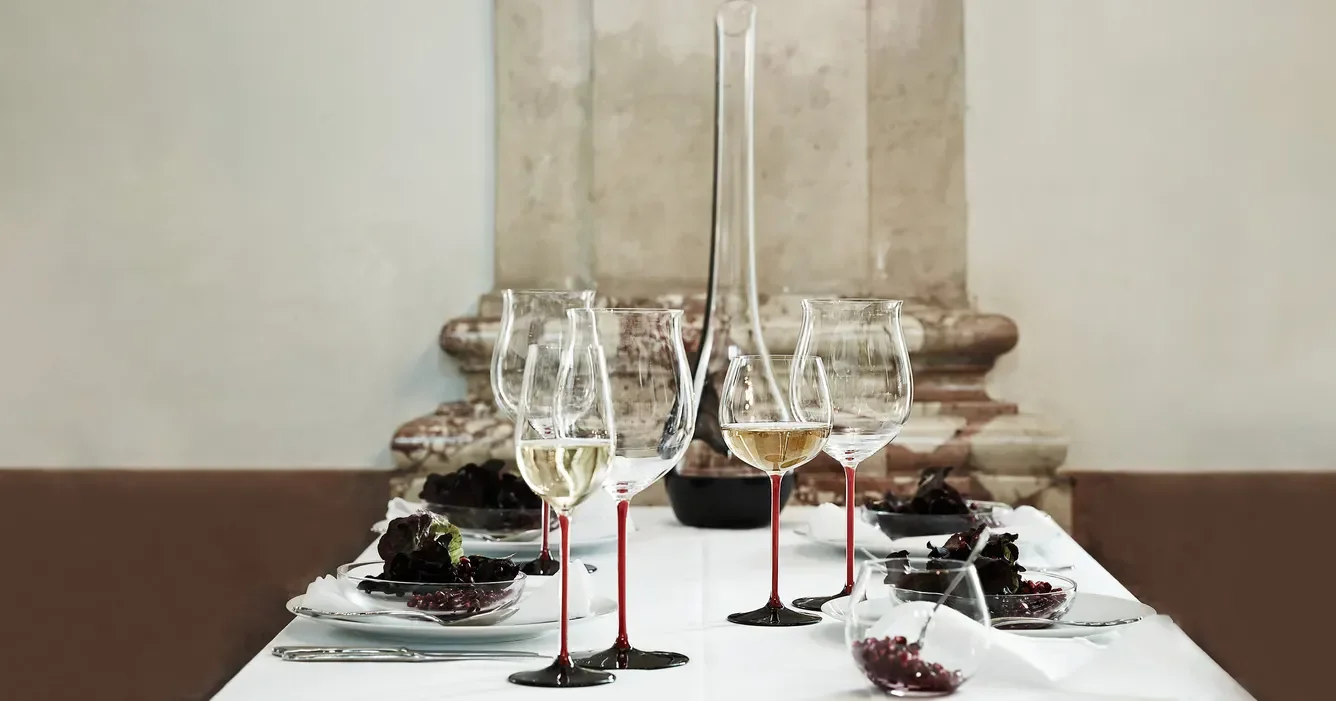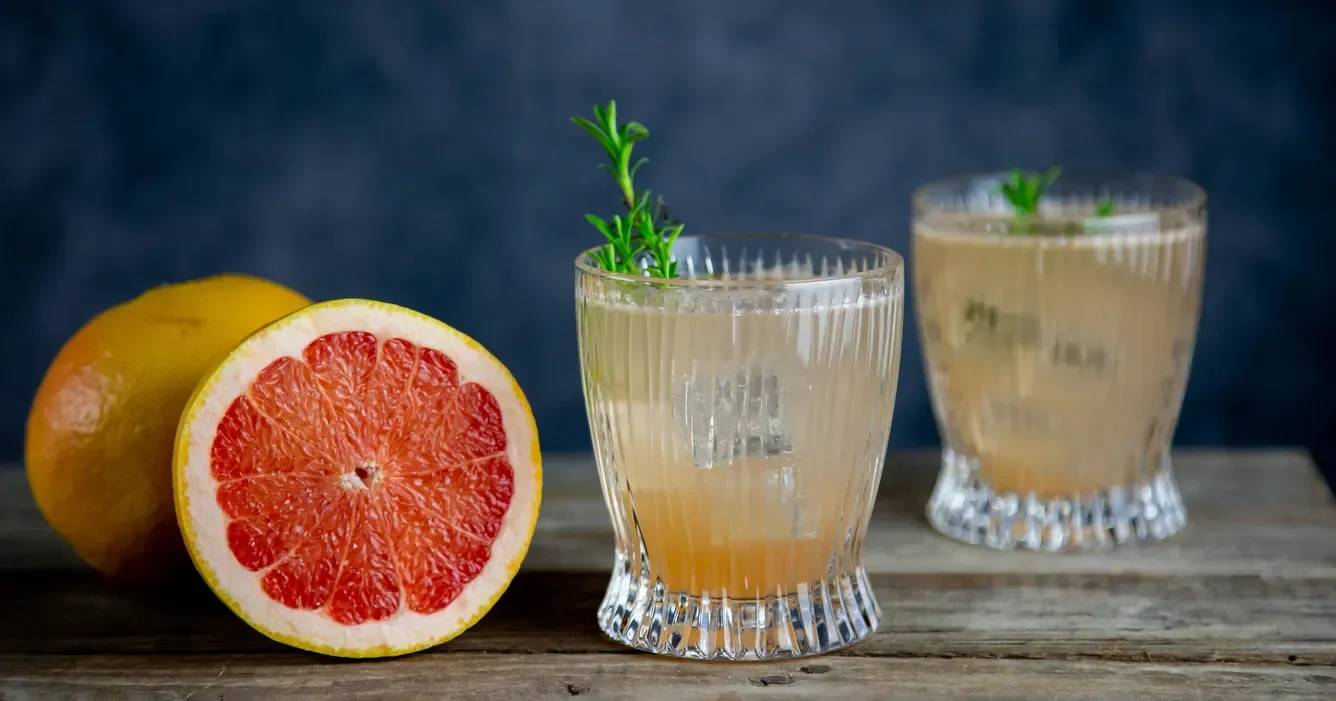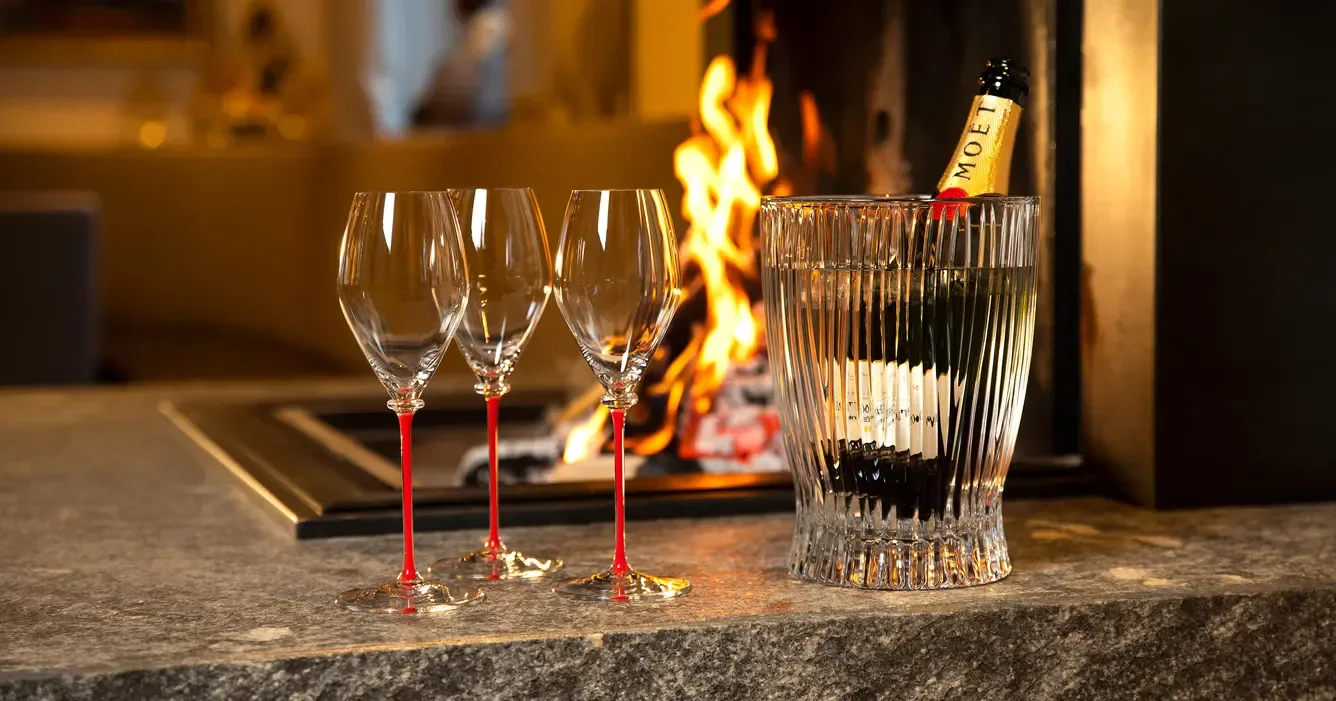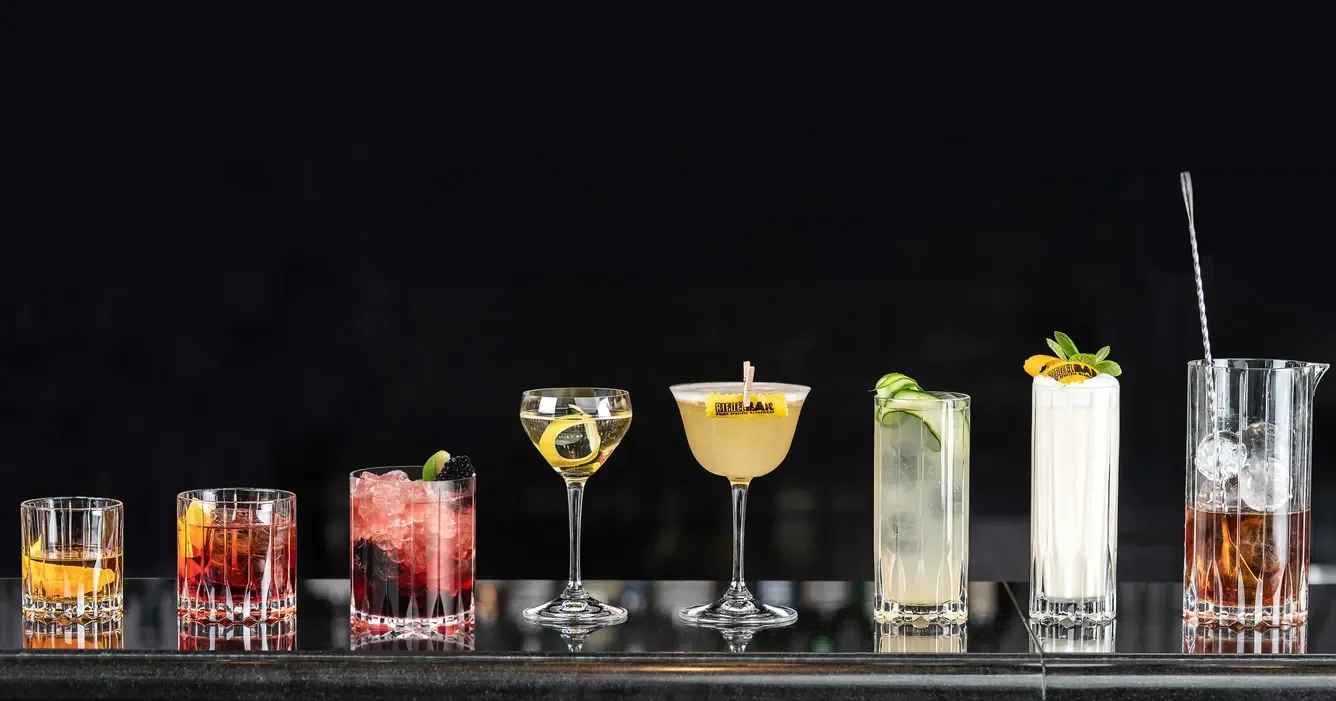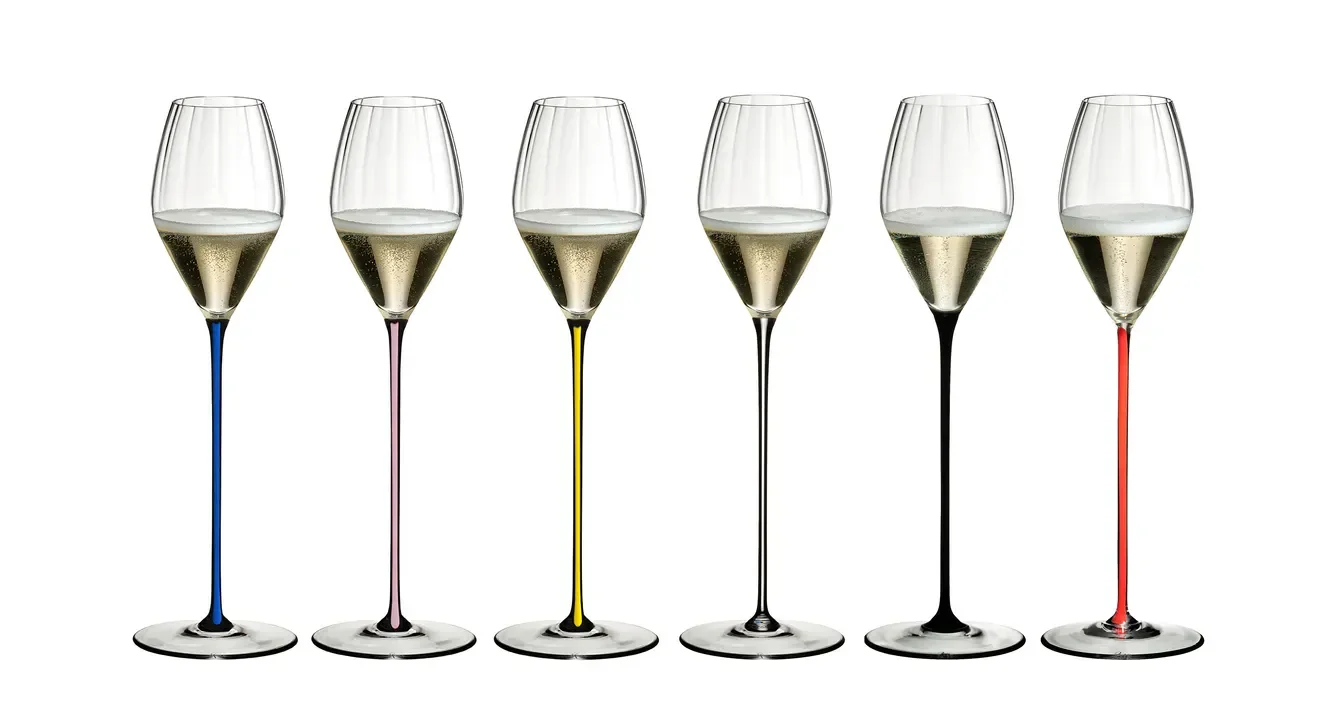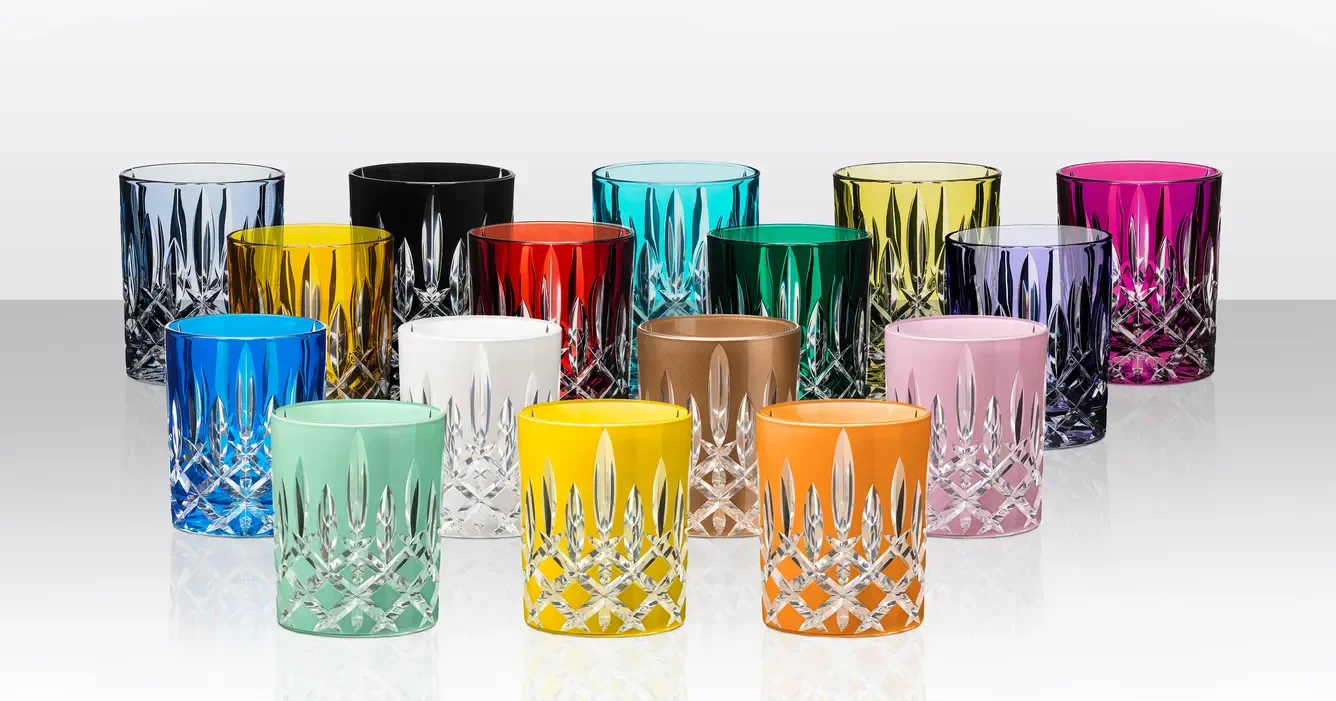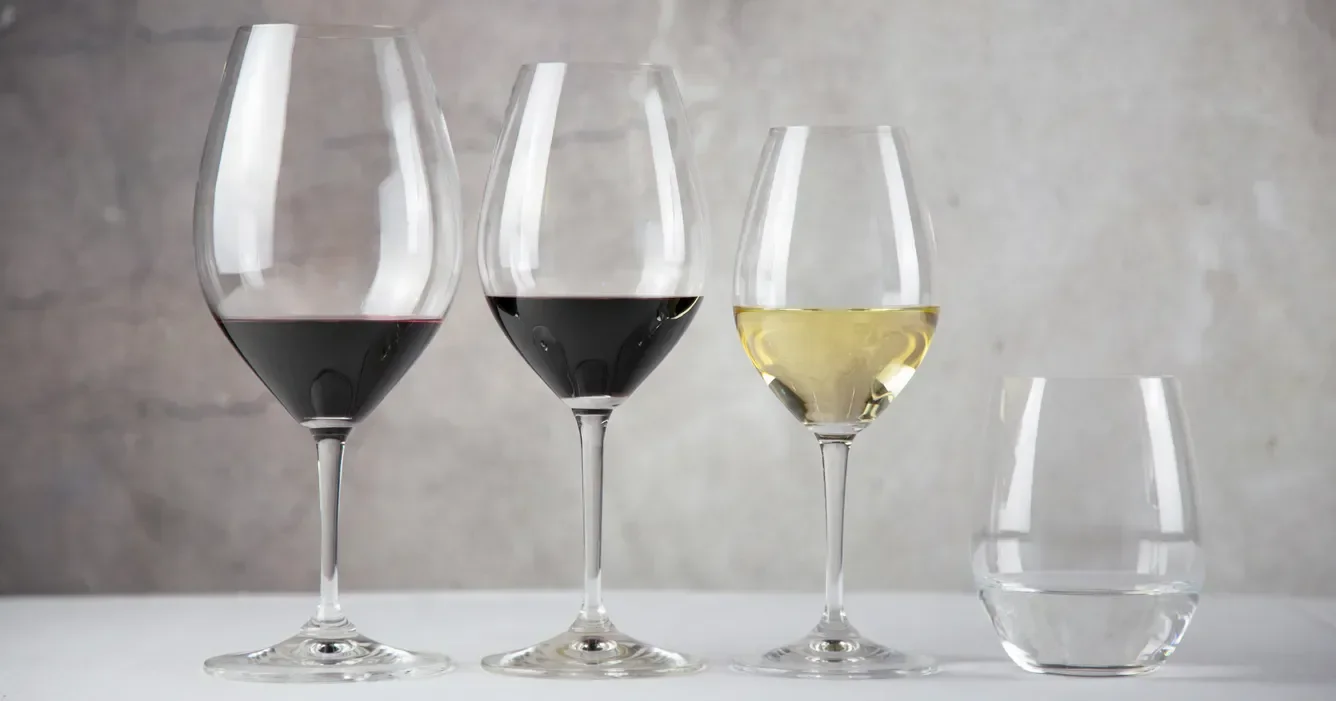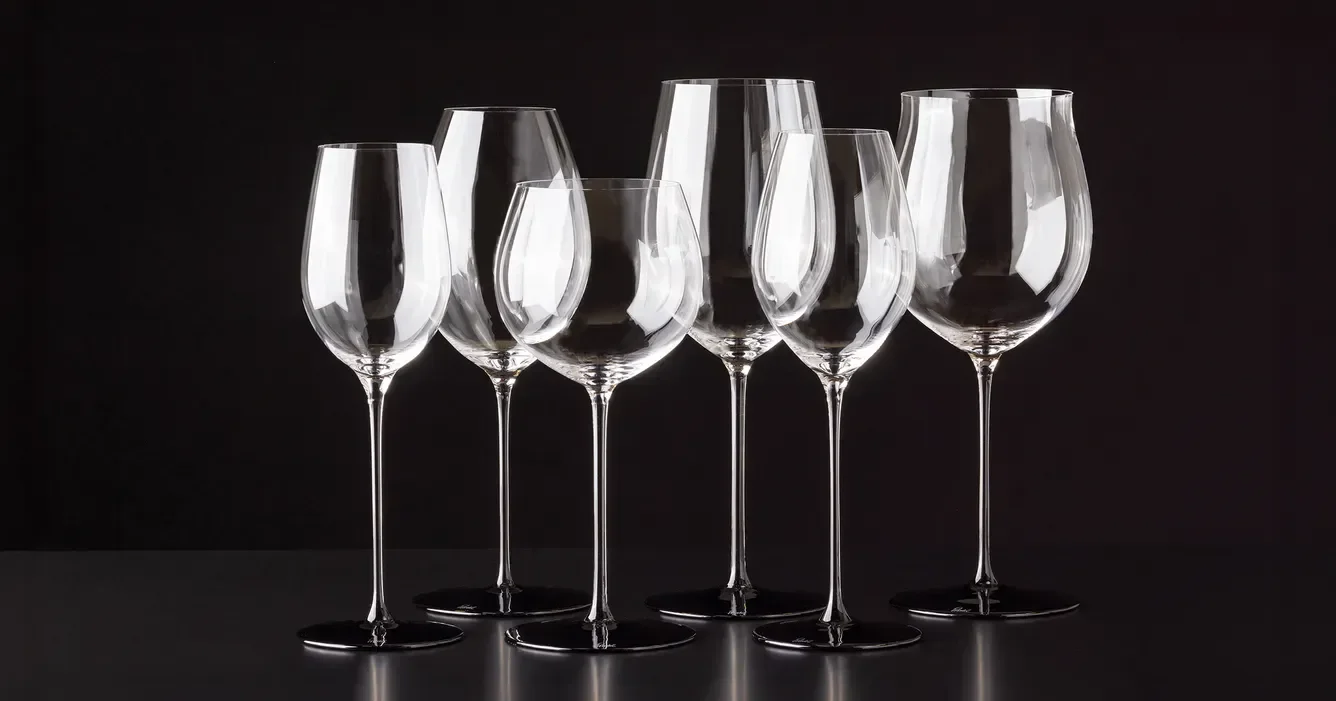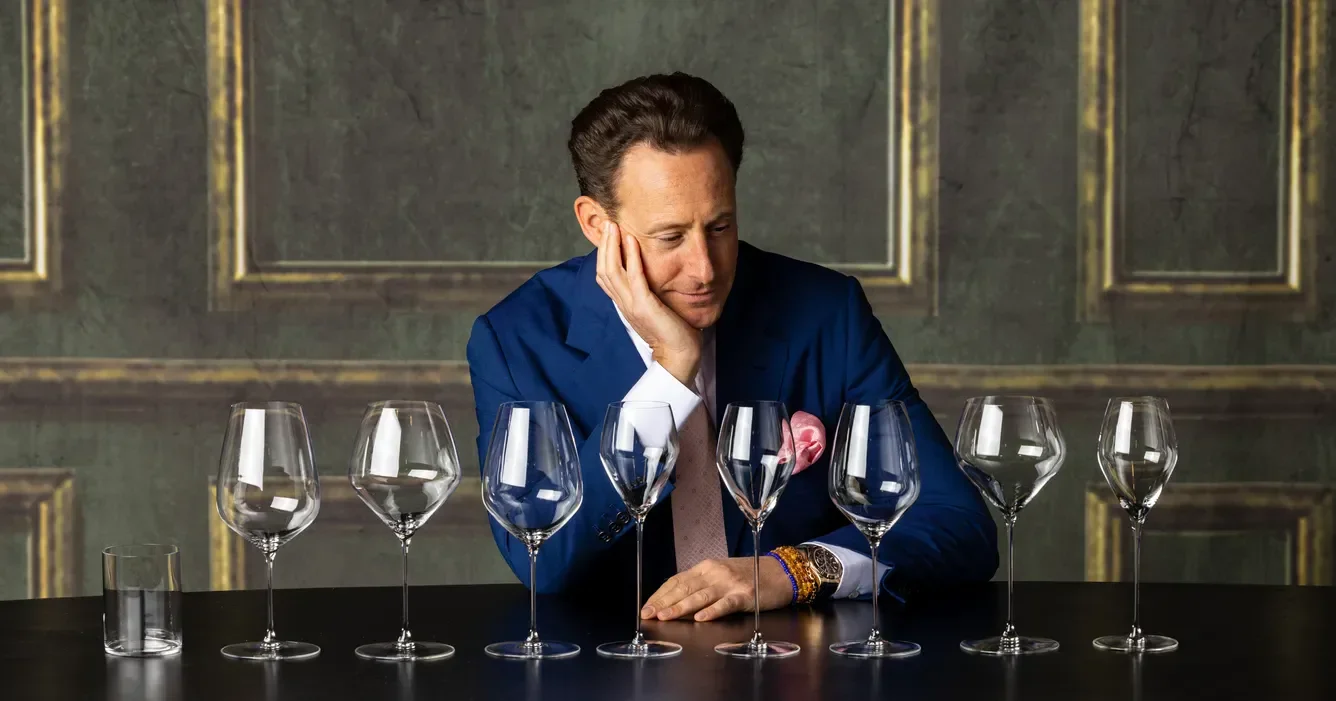Riedel Glassware | 1756
“Because good design should always lift the spirit.”
-Coast & Cottage
The Shape of Savor: The Riedel Glassware Story
A Symphony in Crystal
Hold a Riedel wine glass to the light and something quiet happens.
The stem catches the glow like spun silk. The bowl curves with a precision that feels less designed than discovered—like it had always been meant to fit the wine it holds. Few objects on a table have earned such reverence, and fewer still carry eleven generations of history in every shimmer.
This is the story of Riedel, a family who turned glass into an instrument of taste.
Beginnings in Bohemia
The Riedel family’s story begins in the forested mountains of Bohemia in the 1600s, a region famed for its pure sands and skilled artisans.
Johann Christoph Riedel, the first known in the line, was a trader who roamed the roads of Europe carrying glass goods—delicate, fragile, and luminous as the snowfields he came from. His descendants took those wares and built furnaces of their own.
By 1756, the Riedel name had become synonymous with glassmaking. Their workshops crafted everything from perfume bottles to chandelier prisms, each piece an echo of the natural world that inspired them. It was a time when glass was less a vessel and more a luxury—cut, painted, engraved, and treasured.
The Glass King
A century later, Josef Riedel—known as “The Glass King of the Jizera Mountains”—transformed the family business from a modest trade into an empire.
By the late 1800s, he presided over eight glassworks, coal mines, and textile mills. Riedel glass was found in royal courts and world expositions; Josef himself was celebrated across Europe for his artistry and entrepreneurial vision.
The late nineteenth century was the age of ornament, and Riedel glass dazzled with color and detail. But it would take another century, and another Josef, to strip that ornament away and find the soul of the glass itself.
Click Photos to Expand


